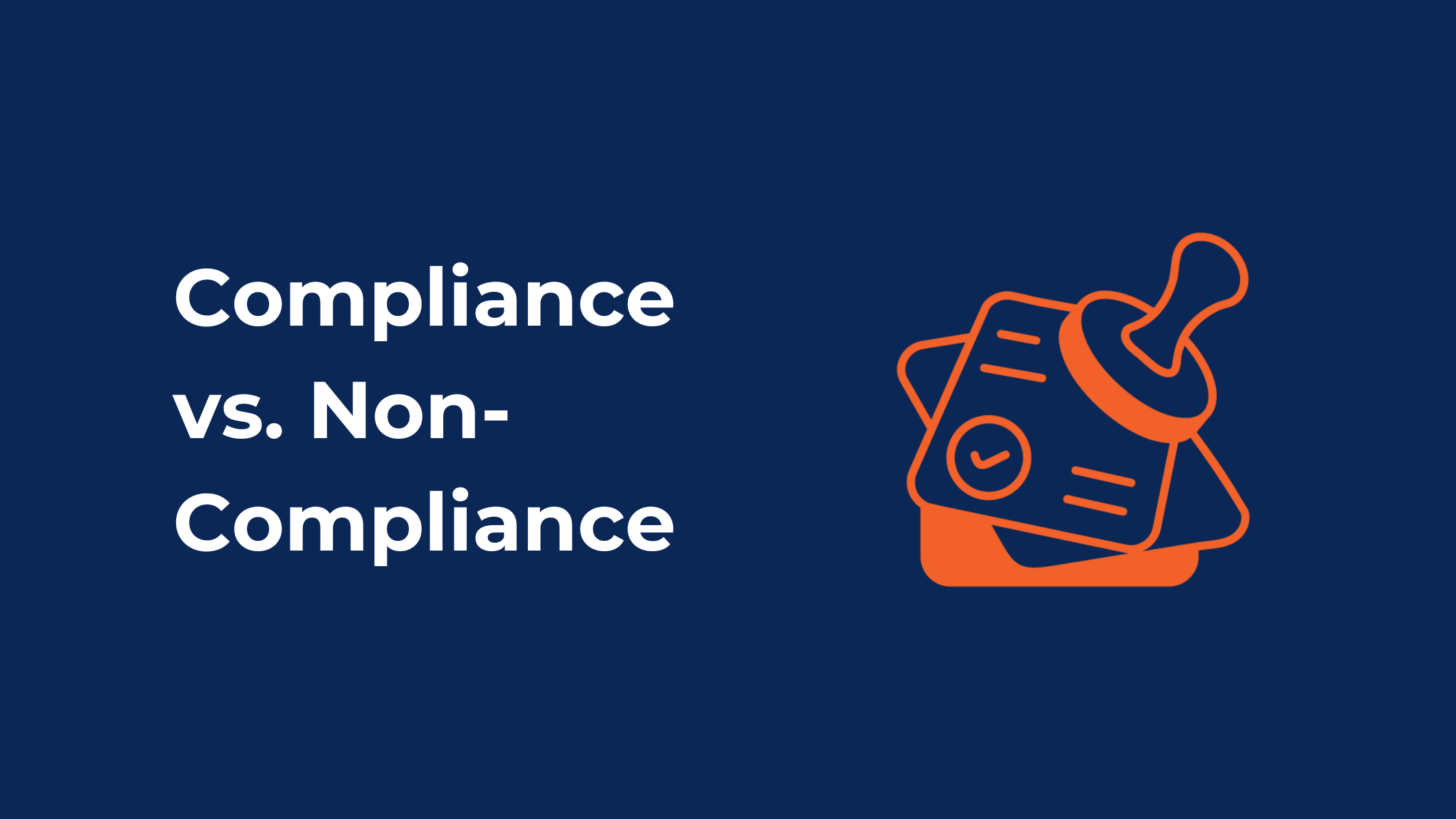In today’s highly regulated business environment, compliance has become a critical aspect for institutions across the globe. Understanding the costs associated with compliance and non-compliance is essential for institutions aiming to operate successfully and sustainably.
Let’s delve into the implications of both compliance and non-compliance, offering insights into why investing in compliance measures, such as an AML Risk Management Solution and Digital Identity Verification Service, is not just a legal obligation but a sound business strategy.
Understanding Cost of Compliance
Compliance refers to adhering to applicable laws, regulations and standards pertinent to a specific industry. These regulations are designed to protect consumer interests and maintain market integrity. Whether it is operation regulations, financial regulations or data protection laws, compliance involves an approach to meet these requirements consistently.
Initial Costs, Ongoing Cost and Hidden Costs
The initial costs of compliance can be substantial. Institutions often need to understand the regulatory landscape. There may also be expenses related to upgrading compliance systems, implementing new technologies and training employees to ensure they are well-versed in compliance protocols. Investing in Customer Due Diligence mechanisms and tools like Digital Identity Verification Services may be part of these upfront investments necessary to establish a robust compliance framework.
Beyond these costs, there are some hidden costs associated with compliance. These include the time and effort spent by management and employees on compliance-related activities, which could otherwise be directed towards core business functions. Managing compliance documentation and responding to regulatory inquiries also incur costs for institutions. A Compliance Solution can mitigate these hidden costs by providing efficient risk management tools.
Costs of Non-Compliance
The costs of non-compliance can be devastating. Legal penalties for non-compliance often include hefty fines and financial sanctions. Non-compliance may lead to significant operational disruptions and regulatory bodies may impose business shutdowns, or restrict operations until compliance breaches and issues are resolved. Such disruptions result in loss of revenue and profits. Non-compliance may severely impact an institution’s reputation, eroding customer loyalty. In today’s digital age, news of non-compliance spreads rapidly, amplifying reputational damage and making it challenging to regain trust. Beyond fines and operational disruptions, non-compliance may lead to financial losses through lawsuits, compensation claims and loss of business opportunities. Companies may also face increased scrutiny from investors and stakeholders, reducing market value. Implementing a comprehensive compliance strategy, which includes Compliance Management Solutions, can mitigate these risks.
Benefits of Compliance
Compliance offers numerous benefits, including enhanced operational efficiency, improved reputation and increased customer trust. A robust compliance framework, supported by automated tools, fosters a culture of accountability and financial transparency. This can attract customers and investors, and better position businesses to leverage new opportunities as reliable and trustworthy partners.
While the costs of compliance are tangible and ongoing, the costs of non-compliance may be exponentially higher. Institutions must weigh these costs and recognise that investing in compliance solutions, such as Compliance Management Solutions, is not just about avoiding fines but about safeguarding the institution’s future. By prioritising compliance, businesses can mitigate risks, enhance reputation and achieve long-term growth.
